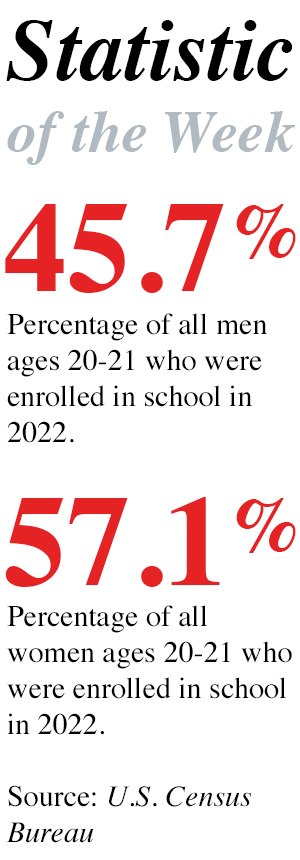Researchers Find Connection Between Gender Diversity and Research Diversity
Posted on Oct 10, 2018 | Comments 0
 Londa Schiebinger, the John L. Hinds Professor of the History of Science at Stanford University and colleagues at Aarhus University in Denmark, recently published a paper proposing ways organizations can continue to encourage gender diversity while also supporting diversity in new research directions. The authors also suggest ways research organizations can create the conditions for diversity to flourish.
Londa Schiebinger, the John L. Hinds Professor of the History of Science at Stanford University and colleagues at Aarhus University in Denmark, recently published a paper proposing ways organizations can continue to encourage gender diversity while also supporting diversity in new research directions. The authors also suggest ways research organizations can create the conditions for diversity to flourish.
The researchers outline three kinds of diversity in their paper: diversity in research teams, diversity in research methods, and diversity in the questions being asked. Dr. Schiebinger believes that the three kinds of diversity are interconnected and that “improving one likely leads to improvements in the others.” For example, in areas like engineering, where women are vastly underrepresented, increasing diversity in methods and questions may result in more women gaining interest in the field.
The authors hope that their analysis will encourage policy reforms at the National Science Foundation that will require research funded by taxpayer money to integrate sex and gender into the analysis. “You can think of gender as a variable and if you leave it out, you potentially miss something important in scientific research with human outcomes,” Dr. Schiebinger said. “While our study focused on gender diversity, we hope it contributes to a better understanding of the possible benefits associated with other types of diversity as well.”
Dr. Schiebinger holds a bachelor’s degree in English from the University of Nebraska and a master’s degree and Ph.D. both in history from Harvard University.
The study, “Making Gender Diversity Work for Scientific Discovery and Innovation,” was published on the website of the journal Nature Human Behaviour. It may be accessed here.
Filed Under: Research/Study








